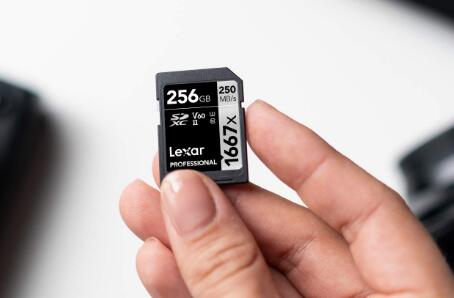Deleting a folder on an SD card in Windows 11 should be a straightforward process, but various issues can sometimes make it challenging.
1. Check Permissions
Ensure that you have the necessary permissions to delete the folder. Right-click on the folder, select “Properties,” and then go to the “Security” tab. Check if your user account has “Full control” permissions. If not, you may need to adjust the permissions:
Click “Edit” to change permissions.
Check the box next to “Full control” for your user account.
Click “Apply” and then “OK.”
2. Check for Read-Only Attribute
Sometimes the SD card or folder may be set to read-only, preventing deletion.
Right-click on the SD card or folder and select “Properties.”
In the “General” tab, ensure that the “Read-only” attribute is not checked.
If it is checked, uncheck it and click “Apply.”

3. Use Command Prompt
If you can’t delete the folder using File Explorer, try using Command Prompt:
Open Command Prompt as an administrator. Right-click on the Start button and select “Windows Terminal (Admin)” or “Command Prompt (Admin).”
Navigate to the SD card’s drive letter by typing cd /d X:\, replacing X with the appropriate drive letter.
Use the del command for files and rmdir for directories:
To delete a file: del filename
To delete a directory: rmdir /s /q foldername
Ensure you’re using the correct paths and names.
4. Check for Disk Errors
Disk errors might prevent deletion. You can check and repair disk errors:
Open File Explorer and right-click on the SD card drive.
Select “Properties” and go to the “Tools” tab.
Click “Check” under the “Error checking” section.
Follow the prompts to scan and repair errors on the SD card.
5. Ensure No Files Are in Use
Make sure no files within the folder are open or in use by any program. If they are, close any programs that might be using the files.
6. Check for Malware
Malware or viruses can sometimes interfere with file operations. Run a full system scan using your antivirus software to ensure your system is clean.
7. Check Folder Ownership
Sometimes folder ownership issues can prevent deletion. To take ownership of a folder:
Right-click the folder and select “Properties.”
Go to the “Security” tab and click “Advanced.”
In the “Advanced Security Settings” window, click “Change” next to the “Owner” field.
Enter your user account name, click “Check Names,” and then “OK.”
Check “Replace owner on subcontainers and objects” and click “Apply.”
8. Use Safe Mode
Booting into Safe Mode can help you delete stubborn files or folders:
Restart your computer and press the F8 key (or Shift + F8) before Windows starts loading.
Select “Safe Mode” from the boot options.
Try deleting the folder while in Safe Mode.
9. Use Third-Party Software
If built-in tools fail, you might need third-party file management software to handle stubborn files or folders. Some popular tools include:
Unlocker: Helps unlock files and folders that are being used by other programs.
CCleaner: Includes file and folder deletion tools that can handle issues with stubborn items.
FileASSASSIN: Allows you to delete files that are locked by other processes.
10. Reformat the SD Card
As a last resort, if you can’t delete the folder and you have backed up all important data, you might consider reformatting the SD card. This will erase all data on the card:
Open File Explorer and right-click on the SD card drive.
Select “Format.”
Choose the desired file system (e.g., FAT32. exFAT) and ensure “Quick Format” is checked.
Click “Start” to begin the formatting process.
About us and this blog
Panda Assistant is built on the latest data recovery algorithms, ensuring that no file is too damaged, too lost, or too corrupted to be recovered.
Request a free quote
We believe that data recovery shouldn’t be a daunting task. That’s why we’ve designed Panda Assistant to be as easy to use as it is powerful. With a few clicks, you can initiate a scan, preview recoverable files, and restore your data all within a matter of minutes.
Subscribe to our newsletter!
More from our blog
See all postsRecent Posts
- Can not open jgp files learnosity 2025-02-24
- Klipper unable to open file 2025-02-24
- File format or file extension is not valid 2025-02-24









